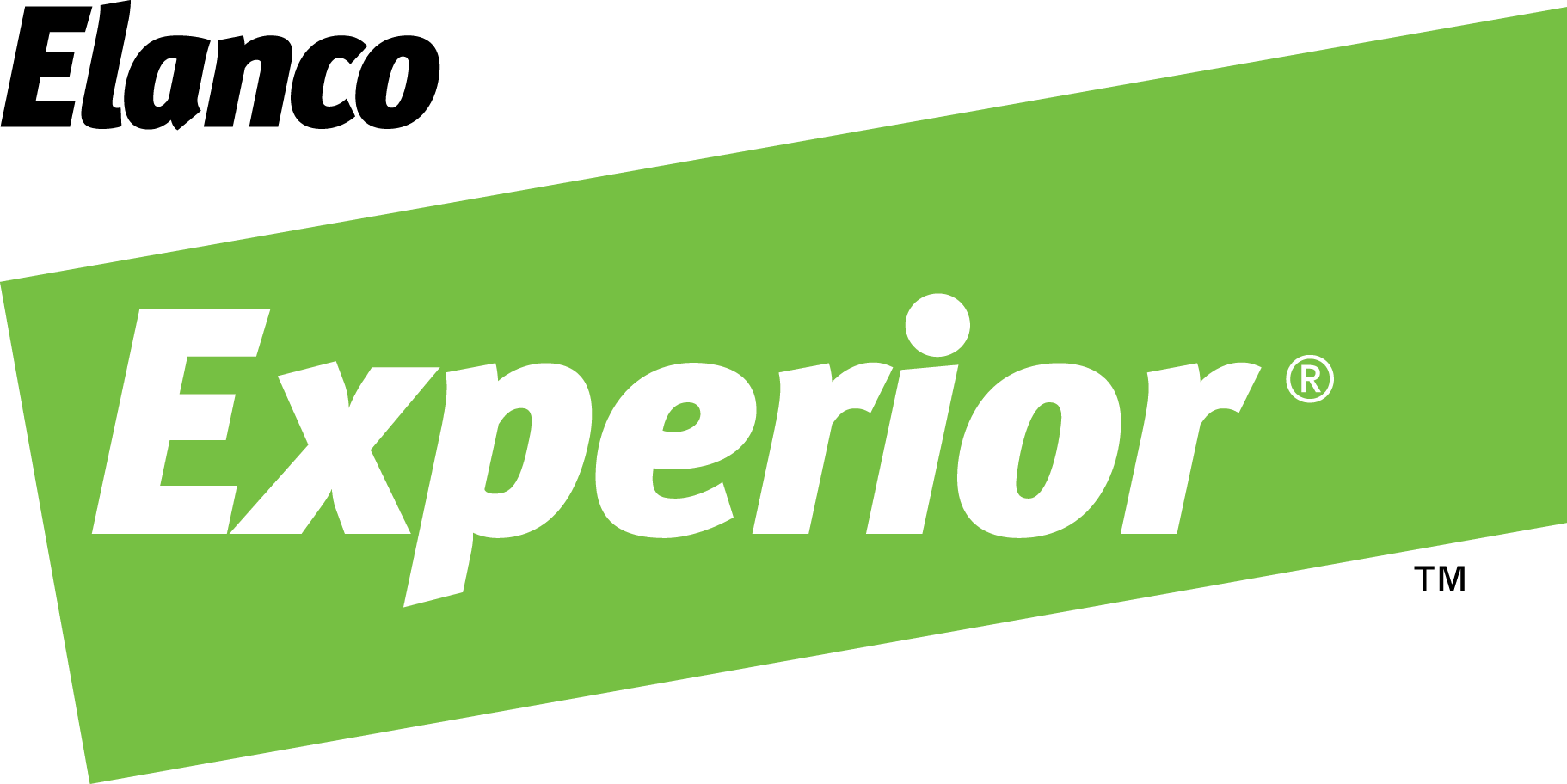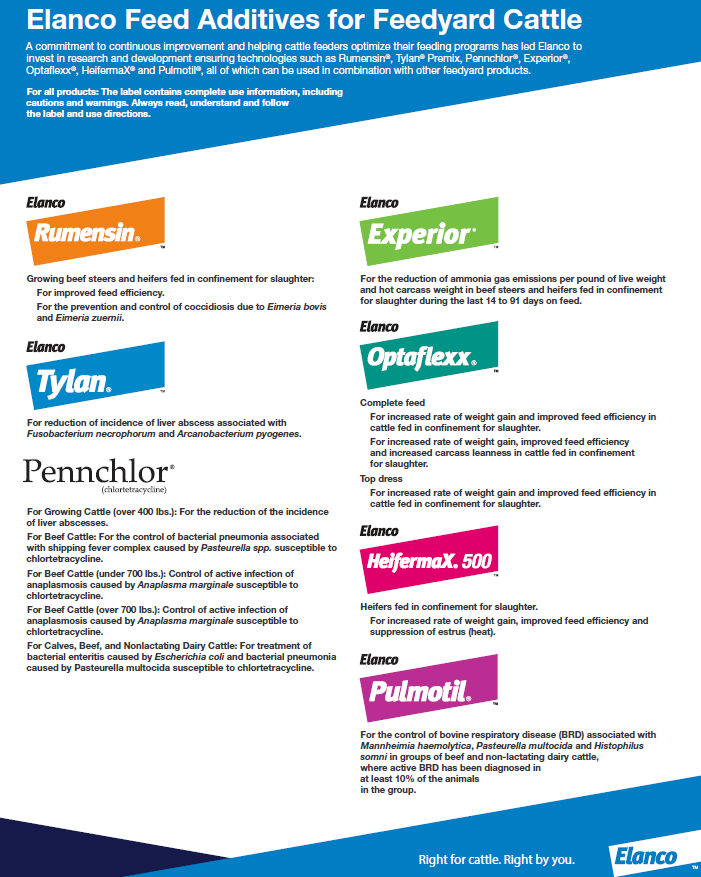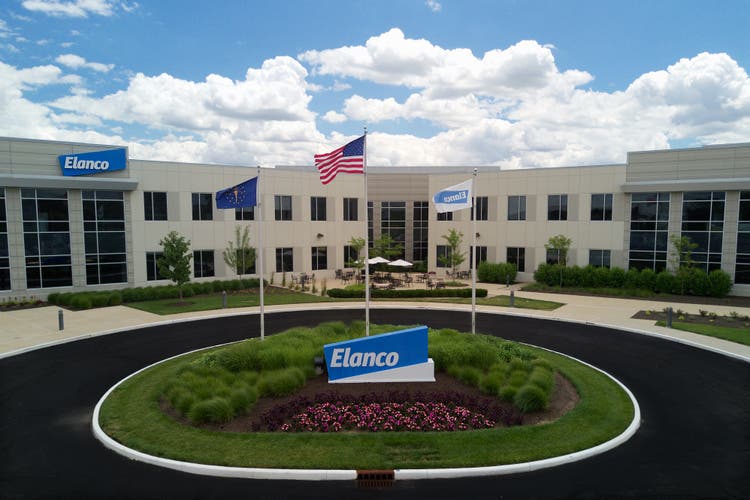Experior® (lubabegron)

Experior® (lubabegron)
Experior® (lubabegron), is the first United States Food and Drug Administration (FDA) approved product labeled to reduce ammonia gas emissions from an animal or its waste¹. Experior is approved for the reduction of ammonia gas emissions per pound of live weight and hot carcass weight in beef steers and heifers fed in confinement for slaughter during the last 14 to 91 days on feed.
Key Product Benefits:
- Reduces ammonia gas emissions.
- Flexible feeding window.
- Improved environmental stewardship and sustainability.
Weight
See Product LabelDosage
See Product Label
Our Newest Beef Innovation
Experior Product Label
View our product label for important information.
Frequently Asked Questions
Explore our frequently asked questions to learn more about Experior and how it may fit into your operation.
Related Information
Browse our detailer and guides for more important information about Experior.




Elanco Feed Additives for Feedyard Cattle
A summary of the Elanco feed additives to help cattle feeders optimize their feeding programs.
Caution: Not approved for use in breeding animals because safety and effectiveness have not been evaluated in these animals. Do not allow horses or other equines access to feed containing Experior. A decrease in dry matter intake may be noticed in some animals
The label contains complete use information, including cautions and warnings. Always read, understand, and follow the label, and use directions.
Indications for use:
For the reduction of ammonia gas emissions per pound of live weight and hot carcass weight in beef steers and heifers fed in confinement for slaughter during the last 14 to 91 days on feed.
Directions for Use: Feed 1.25 to 4.54 g/ton (1.39 to 5 ppm) of complete feed (90% dry matter basis) to provide 13-90 mg lubabegron/head/day continuously to beef steers and heifers fed in confinement for slaughter as sole ration during the last 14 to 91 days on feed.
Ammonia gas emissions were measured for individual animals or small groups of animals held in environmentally controlled facilities. Based on existing information, reliable predictions of the reduction of ammonia gas emissions cannot be made on a herd, farm, or larger scale. Increased rate of weight gain, improved feed efficiency, and increased carcass leanness have not been demonstrated with this product.
Experior, Elanco, and the diagonal bar logo are trademarks of Elanco or its affiliates. ©2024 Elanco or its affiliates.
Stay connected with Experior
Get the latest updates, news and offers from Elanco delivered directly to your inbox.



